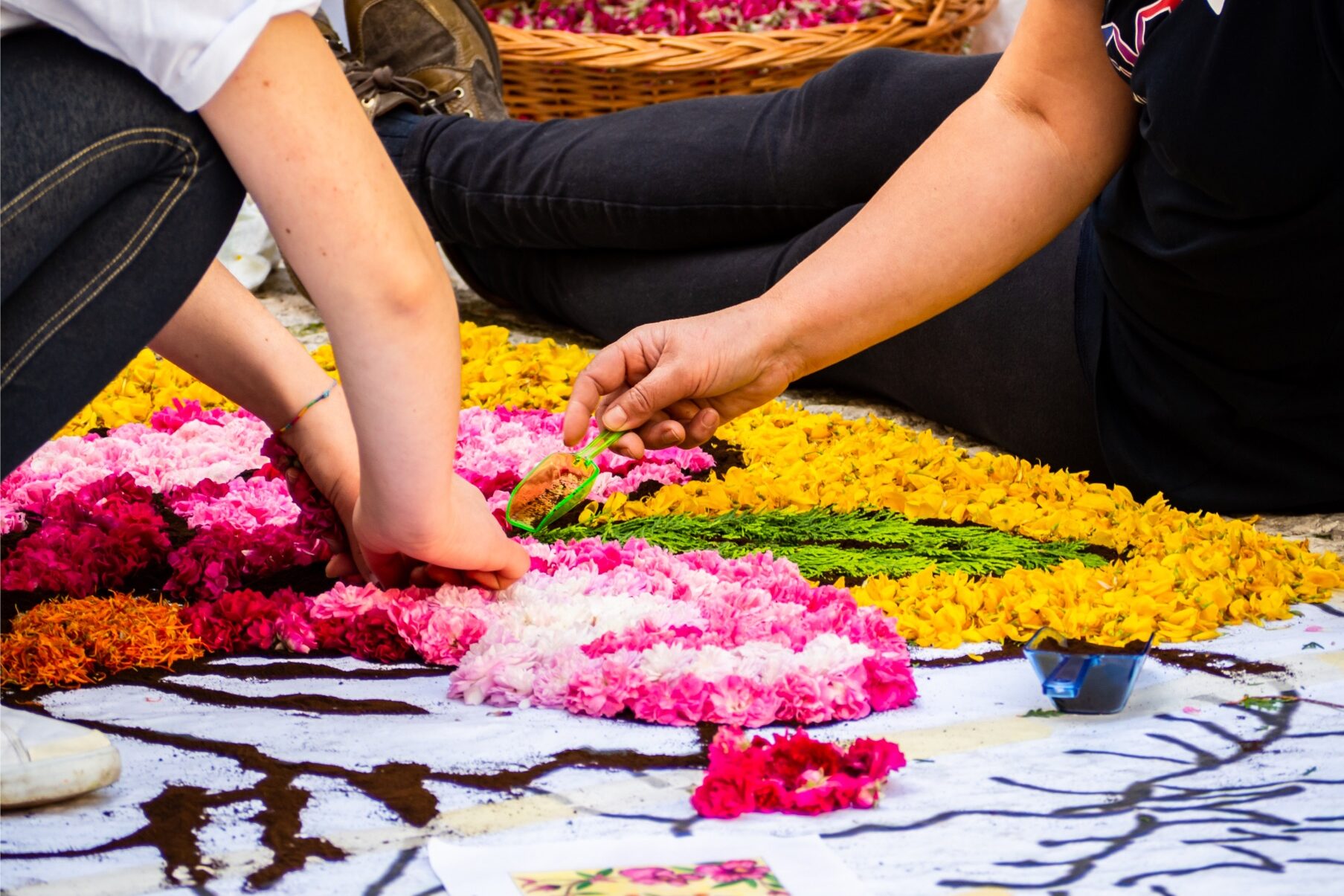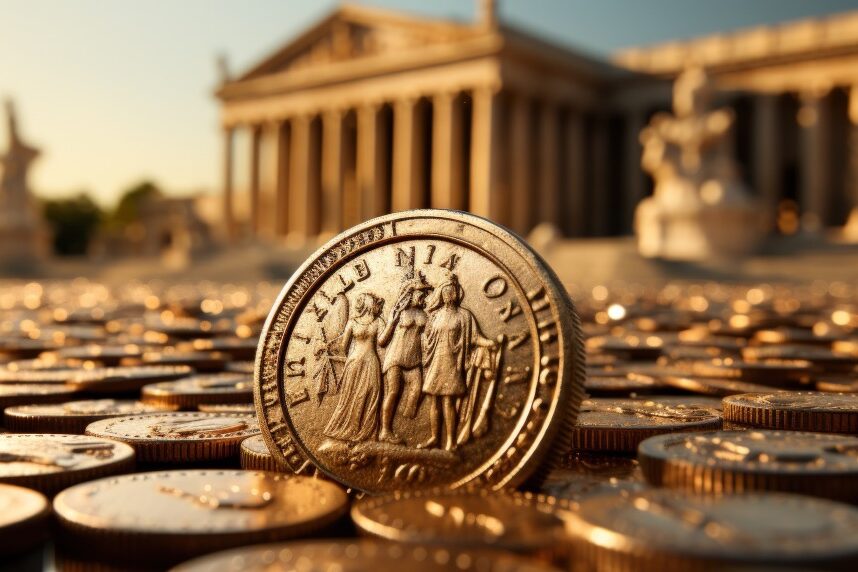When you think of Italy and the summer holidays, an image comes immediately to mind: handsome Gregory Peck and charming Audrey Hepburn happily riding their Vespa, with an elegant, black-and-white Rome as a backdrop. You can feel freedom, lightheartedness and the wonderful “dolce vita” touching your skin. This year, Vacanze Romane, Roman Holiday, turns 70.
It was shot in the summer of 1952, the first of many successful collaborations between the Eternal City and Hollywood which, also this year, celebrates the 100th birthday of Mpa, the Motion Picture Association. The two American stars were to spend four months between the set of Cinecittà, famous Roman locations, and a villa in Fregene, a popular seaside town some 30 km from Rome. Between screenplays and paparazzi, the movie gave a well-deserved Oscar for best actress to Hepburn and some of the most iconic scenes in cinema to the world.
Vespa, the new, affordable, and curious-looking scooter, was about to become a cult object, known all over the world as a symbol of the best Made in Italy. For its part Rome, thanks to its most iconic landmarks – from the Trevi fountain to Piazza Venezia, from Piazza di Spagna to the Colosseum, all the way to Cinecittà – offered a breathtaking background that was to become part of the world’s collective imagination, and a dream for many future tourists.
Little by little, their number was to increase, attracted by the piazzetta in Capri, cherished by both Rita Hayworth and Jacqueline Kennedy, or charmed by Portofino and its sea, beloved by Liz Taylor and Humphrey Bogart, or by the Cinque Terre and the Costa Smeralda. The list is, in fact, much longer, but these places made the history of international tourism and served as a privileged scenery for the summer holidays of actors, politicians, singers, VIPs, and wannabes from Italy and from abroad.
Tourism as a mass phenomenon was, in those years, in its very infancy, with increasing numbers of people from all social classes going on holiday. To be truthful, Italy and its wonders had been on travelers’ radar for a while because, thanks to the Grand Tour, the European aristocracy had been vacationing here since the 18th century. But it was in the early 1900s that summer tourism started to be considered a lucrative practice: foreign tourists, in particular, were seen as a good source of income.
But the Italian middle-class, too, gave a significant push to this newly emerging sector that was to become, in time, the Italian tourism and hospitality industry, which represents today a significant chunk of the country’s GDP. We are talking about popular tourism, that of people dancing around a juke-box to the notes of Stessa Spiaggia, Stesso Mare. Yes, because the economic boom of the 1950s and 1960s transformed August, when all large factories in the North closed for summer, into the month of the nation’s holidays.
A month of sea, deckchairs, and ice-cold watermelon. Hot and sweaty, just like our empty cities. A month of endless traffic jams on the motorway, of beauties showing off their daring bikinis, and teens dancing the night away under the stars. They are Italy’s quintessential summer holidays, holidays that always had the same destination: the “stabilimento balneare.” A place of fleeting love stories, of families crowding beaches, of easy readings under a straw hat, of seasonal friendships with the family sitting on the deckchairs beside yours.
Some “stabilimenti” became iconic – from those in Forte dei Marmi to the Riviera Romagnola, all the way to the coast of Lazio – and ended up in songs and movies that marked a true era of our society and pop culture. Just like the William Wyler movie, whose fabulous 70 years have been celebrated with a fully restored version, which has been shown in Via Veneto, the Roman street made famous by the romantic and graceful love story between Audrey Hepburn and Gregory Peck. A movie that captured an era, its social customs, and way of thinking. A movie symbol of August vacations and Italian cinema in the world.
It was shot in the summer of 1952, the first of many successful collaborations between the Eternal City and Hollywood which, also this year, celebrates the 100th birthday of Mpa, the Motion Picture Association. The two American stars were to spend four months between the set of Cinecittà, famous Roman locations, and a villa in Fregene, a popular seaside town some 30 km from Rome. Between screenplays and paparazzi, the movie gave a well-deserved Oscar for best actress to Hepburn and some of the most iconic scenes in cinema to the world.
Vespa, the new, affordable, and curious-looking scooter, was about to become a cult object, known all over the world as a symbol of the best Made in Italy. For its part Rome, thanks to its most iconic landmarks – from the Trevi fountain to Piazza Venezia, from Piazza di Spagna to the Colosseum, all the way to Cinecittà – offered a breathtaking background that was to become part of the world’s collective imagination, and a dream for many future tourists.
Little by little, their number was to increase, attracted by the piazzetta in Capri, cherished by both Rita Hayworth and Jacqueline Kennedy, or charmed by Portofino and its sea, beloved by Liz Taylor and Humphrey Bogart, or by the Cinque Terre and the Costa Smeralda. The list is, in fact, much longer, but these places made the history of international tourism and served as a privileged scenery for the summer holidays of actors, politicians, singers, VIPs, and wannabes from Italy and from abroad.
Tourism as a mass phenomenon was, in those years, in its very infancy, with increasing numbers of people from all social classes going on holiday. To be truthful, Italy and its wonders had been on travelers’ radar for a while because, thanks to the Grand Tour, the European aristocracy had been vacationing here since the 18th century. But it was in the early 1900s that summer tourism started to be considered a lucrative practice: foreign tourists, in particular, were seen as a good source of income.
But the Italian middle-class, too, gave a significant push to this newly emerging sector that was to become, in time, the Italian tourism and hospitality industry, which represents today a significant chunk of the country’s GDP. We are talking about popular tourism, that of people dancing around a juke-box to the notes of Stessa Spiaggia, Stesso Mare. Yes, because the economic boom of the 1950s and 1960s transformed August, when all large factories in the North closed for summer, into the month of the nation’s holidays.
A month of sea, deckchairs, and ice-cold watermelon. Hot and sweaty, just like our empty cities. A month of endless traffic jams on the motorway, of beauties showing off their daring bikinis, and teens dancing the night away under the stars. They are Italy’s quintessential summer holidays, holidays that always had the same destination: the “stabilimento balneare.” A place of fleeting love stories, of families crowding beaches, of easy readings under a straw hat, of seasonal friendships with the family sitting on the deckchairs beside yours.
Some “stabilimenti” became iconic – from those in Forte dei Marmi to the Riviera Romagnola, all the way to the coast of Lazio – and ended up in songs and movies that marked a true era of our society and pop culture. Just like the William Wyler movie, whose fabulous 70 years have been celebrated with a fully restored version, which has been shown in Via Veneto, the Roman street made famous by the romantic and graceful love story between Audrey Hepburn and Gregory Peck. A movie that captured an era, its social customs, and way of thinking. A movie symbol of August vacations and Italian cinema in the world.































